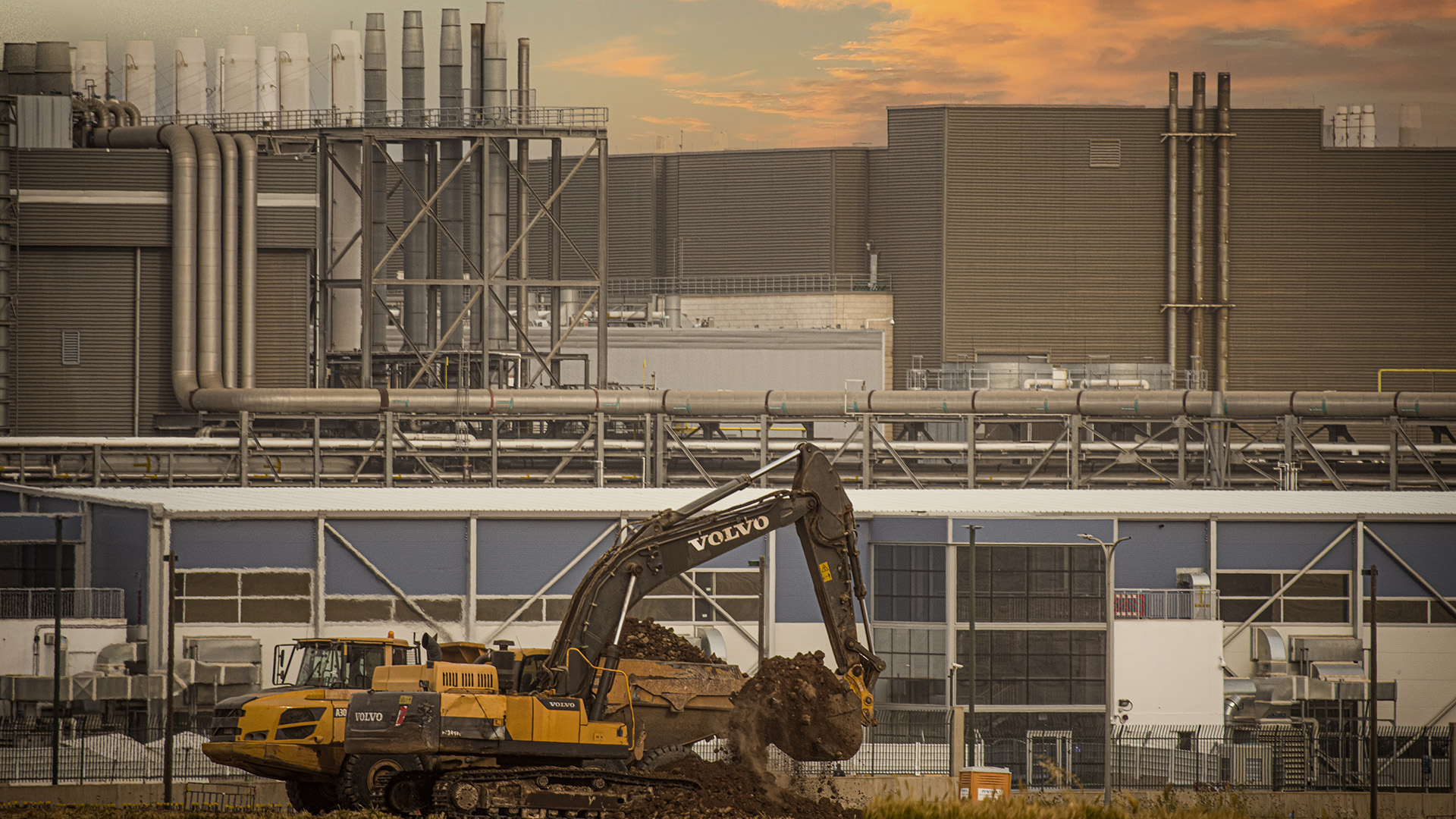Intel reportedly seeking even more government funding for new German fab

Recent years have seen a pretty significant shake-up of the semiconductor industry. The silicon and chip shortage combined with the global pandemic have taken a huge toll. While Taiwan still looks safe to dominate the industry for fabrications, despite all this disruption (opens in new tab), uncertainty has seen other countries push to jump in the mix.
The United States is one country desperate to get into the fold with new fabs being built powered by its CHIPs act, and even implementing sanctions against China. (opens in new tab) Another place that’s seeing a huge push towards the industry is Europe (opens in new tab), though a new state-of-the-art foundry being built in Germany (opens in new tab) is looking to be a lot pricier than originally planned.
Early in 2022 Intel announced it was building a new chipmaking fab in Magdeburg, Germany. The cutting-edge foundry was set to cost a whopping €17 billion, with around €7 billion to be covered by government funding. Now, according to Reuters (opens in new tab), government sources have said Intel wants to up that government contribution to over €10 billion to get the job done.
Neither Intel nor the German government has confirmed this number as yet, so we can’t know for sure. That being said, an Intel spokesperson has been quoted saying the company is working with the government to “close the critical cost gap”. Whether that amounts to €3 billion or so remains to be seen.
Intel is citing the rising energy costs as a big player in why the fab will need more money. It also talked about using more advanced fabrication technology, which can significantly up costs. When TSMC upped its new plant in North America from a 4nm to 3nm production (opens in new tab), the company was similarly tight-lipped about the funds required to do so.
We don’t know exactly what fab Intel’s new German foundry is being set up for, but given we’re set to see 2nm production in 2026 (opens in new tab), it could be the company is looking towards that future. However, Intel’s CEO has previously stated the chip shortage will continue until 2024. If that’s the case, it’s likely to be a fab capable of working on chips of different sizes. I’d be surprised if Intel were already setting up a pure 2nm fab, but it would be cool. If so, it’s unlikely you or I will see a device running anything out of this fab for many years to come.
Source link




